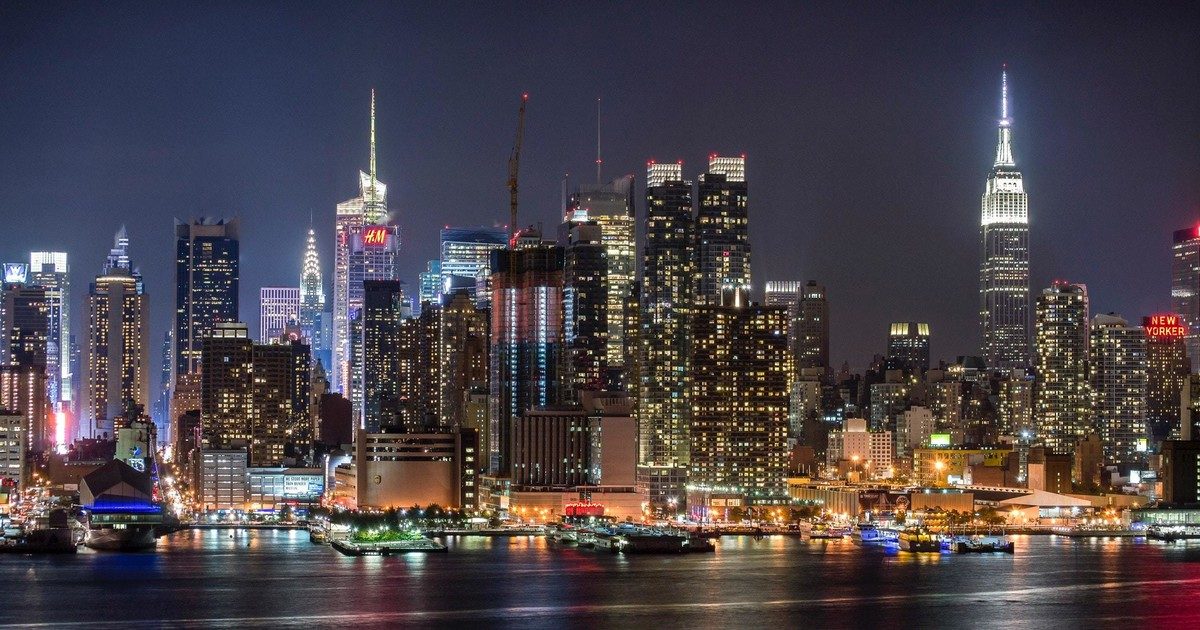In class, we gathered that the “codes of the streets” (introduced by Elijah Anderson) is a set of informal rules governing interpersonal public behavior, including violence. There is a cultural adaptation of a fundamental mistrust in the police and judicial system that is brought by the gangs in East Little Village. The gangs in Little Village create fear within the people in the community. Gangs enforce the “code of silence”, which prevents residents from reporting a crime or cooperating with police and their investigations. People in the community end up creating spaces and contributing to gang activity. They play part in displacing their community. There is a state of powerlessness in East Little Village because of the constant distrust and threat of danger. This makes it almost impossible for East Little Village to promote and continue seeing positive change. We see this “codes of the streets” notion Elijah Anderson is conveying. Even Though residents are often contributing to the displacement and violence in their community, we see this idea of a “street-corner society” and “street families” in East Little Village. Criminal leadership shares desires for some sort of social good. There are mutual support and encouragement for an alternative lifestyle (e.g joining a gang) that appears attractive to many young people regardless of family background. Residents value sidewalks as sites of community creation and cultural production. Street corner societies are spaces of mutual support residents of East Village tend to have, due to the mistrust of the police and other agencies.
My first question asked was: “since 1997, unlike the west side, the east side has been consistently gerrymandered, thereby stunting the development of organizational infrastructure for acquiring and distributing resources to eastside blocks. Gangs fought with police to maintain drug operations and control over residents eventually creating a code of silence. What can members of the Eastside do collectively to mitigate violence in their community?” This question was prompted by the term “gerrymandering”. Gerrymandering was never declared illegal. How are politicians doing it? Is gerrymandering something that the residents of East Village need to file suit because if that’s the case, due to unlimited access to resources, the residents can not.
My second question was prompted by the fact that people tend to look for explanations of Chicago’s violence by focusing on the residents of the neighborhoods instead of paying attention to the institutions distributing violence prevention resources throughout the city. Residents of East Little Village often rely on gangs to protect them because they don’t have equal access to the organizations, politicians, and city officials necessary to address the problem of violence.“In 2009, CPS received $260 million from President Obama’s federal stimulus legislation, of which $40 million was allocated to create one of the largest and most expensive violence reduction initiatives in the city’s history: the Culture of Calm. The Culture of Calm established a mentoring program and a crossing guard program called Street Watchers. However, nothing was done for the East. How can the government better serve the residents of East Little Village?
